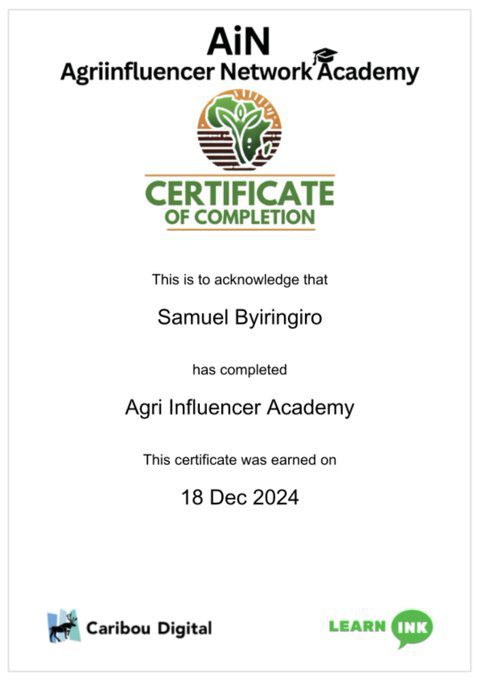Introduction
Artificial Intelligence (AI) is revolutionizing content creation, management, and engagement in agriculture, transforming how knowledge is shared. The integration of AI tools in agriculture is not just a trend but a significant shift that is reshaping the industry. AI technologies are being used to analyze agricultural data, assess risks, and forecast environmental hazards. This transformation is evident in various applications such as self-driving tractors, drones that monitor crop health, and smart cameras that identify weeds for herbicide treatment.
AI in Content Creation and Management
AI is playing a crucial role in content creation and management within the agricultural sector. By leveraging AI tools, agriculture businesses can improve their branding, marketing, and outreach efforts. For instance, AI-powered solutions can generate personalized agronomic recommendations, optimize resource usage, and minimize waste. This not only enhances the efficiency of farming practices but also ensures that the content shared with farmers is relevant and actionable.
AI in Agricultural Innovations
Several companies are at the forefront of integrating AI into agriculture. For example, Traive, a Latin American AI startup, has launched a platform that uses AI to analyze agricultural data and assess risk for lenders, giving farmers easier access to credit. This innovation has facilitated nearly $1 billion in financial operations, highlighting the significant impact of AI in the agricultural finance sector. Similarly, Cropin has launched Sage, an agri-intelligence solution powered by Google’s Gemini generative AI chatbot. Sage leverages AI to analyze agricultural data, predict yields, and optimize crop production, thereby revolutionizing agricultural practices.
AI and Sustainable Farming
AI is also contributing to sustainable farming practices. By analyzing satellite imagery and environmental data, AI tools can help farmers manage climate risks and produce more sustainably. This is particularly important as the world’s population is expected to reach nearly 10 billion people by 2050, increasing the demand for food. AI-driven solutions are poised to revolutionize agriculture by improving productivity, sustainability, and resilience. The shift towards AI and data-driven solutions in agriculture is evident in various initiatives such as the National Mission on Sustainable Agriculture (NMSA) and the Digital India program, which promote digital transformation in agriculture.
Practical Knowledge and Training
To equip agriculture businesses with practical knowledge, organizations like Mastercard Foundation, Strive Business, and Caribou Digital have launched courses that focus on the application of AI in agriculture. These courses provide valuable insights into how AI tools can improve branding, marketing, and outreach for agriculture businesses. Enrolling in such courses can help businesses stay ahead of the curve and leverage AI to grow their operations.
Investment
The investment in AI in agriculture is expected to grow significantly in the coming years. According to a report, the investment in AI in agriculture is projected to increase from more than $2 billion in 2023 to over $5 billion by 2028. This growth underscores the potential of AI to transform the agricultural sector and improve food security globally.

Conclusion
The integration of AI in agriculture is transforming the industry by enhancing content creation, management, and engagement. By leveraging AI tools, agriculture businesses can improve their branding, marketing, and outreach efforts, leading to increased productivity and sustainability. As the investment in AI continues to grow, the agricultural sector is set to witness significant advancements that will benefit farmers and contribute to global food security.
Related Articles
- How AI is Revolutionizing Social Media Content Creation for Small Businesses
- Creating Immersive Presentations with AI: How to Engage Audiences
- 10 Ways AI Can Help You Ace Exams
- Harnessing AI for a Revolution in Agriculture
- AI-Powered Content Generation: Benefits and Limitations
Looking for Travel Inspiration?
Explore Textify’s AI membership
Need a Chart? Explore the world’s largest Charts database
